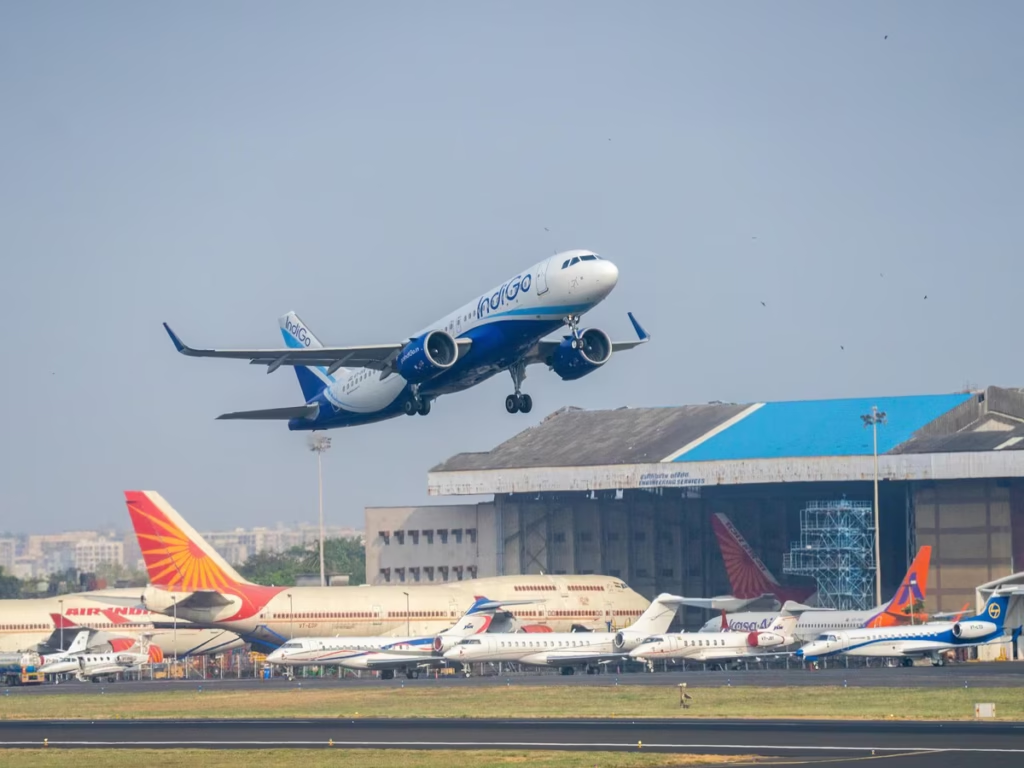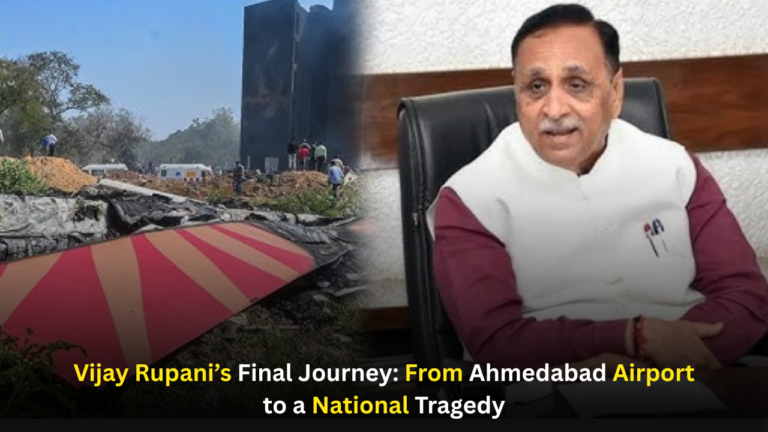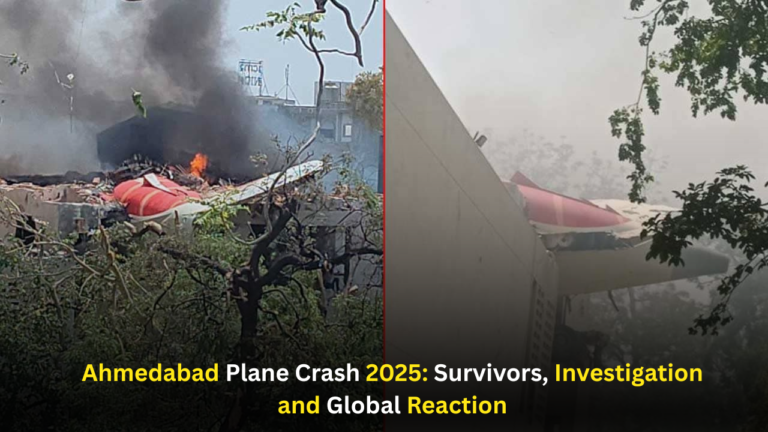
Air India
Mainline Indian carriers — Air India and IndiGo — are being directed to change numerous routes, which is causing escalating aviation fuel expenditure and increased traveling times.
Air India:- Days after it declared the closure of its skies to Indian carriers, New Delhi is now allegedly seeking alternative profitable flight routes to mitigate the effects of the restrictions. Major Indian carriers — Air India and IndiGo — are being requested to modify several routes, resulting in increased aviation fuel expenditure and longer flight times.
After the Pahalgam terrorist attack on April 22 and the death of 26 persons, Pakistan blocked its airspace to Indian flights on April 24, citing fears of an impending Indian military assault and national security reasons.
The defence, external affairs, and civil aviation ministry officials met to debate alternative routes to relieve western airspace congestion, reported The Economic Times. The airlines have been directed to explore the viability of a route from Hindu Kush.
According to this path, it is possible that a flight from Delhi can access the North portion of Leh and fly over Hindu Kush to penetrate Kyrgyzstan, Tajikistan, in transit to Europe or North America without going over Pakistan or Afghanistan.
The Leh-Hindu Kush route’s difficulties
According to experts, this will mean extra training for personnel to fly at such high altitudes and the plane must carry over 22 minutes of oxygen onboard because of the terrain. This is a sensitive exercise and will not be permitted without ensuring 100 per cent safety, according to a government official.
All aircraft have oxygen good for 12–15 minutes to allow descent to 10,000 feet. Descents over the Hindukush require longer time and take 25–30 minutes of oxygen. Some of the older Air India 777s have additional tanks, but not the newer leased ones.
What effects is the embargo on Pakistani airspace having on Indian airlines?
The prohibition against traversing Pakistani airspace is proving expensive for Indian airlines. Since the prohibition, long-haul routes have been diverted south across the Arabian Sea or north across Central Asia, resulting in longer flight times and required refueling in places such as Vienna and Copenhagen for certain ultra-long-haul flights.
According to a Notice to Airmen (NOTAM), the Airport Authority of India (AAI) has directed the pilots operating from Kolkata, Mumbai, Pune, and Hyderabad to turn south more before crossing over the Arabian Sea.
As a result of the airspace shutdown by Pakistan, Air India has no choice but to incorporate one-stop stops for its flights to the US. IndiGo, however, stated that almost 50 routes might be affected while flights to Central Asia have been suspended.
“Airlines have been requested to verify the viability of the route, after which the government can approach China for approval. This could provide direct access to Europe and USA without needing a stopover,” a government official in the know told ET.

India will address the ICAO over the blockade of airspace.
Apart from this, the Central government is also contemplating taking the step of approaching the International Civil Aviation Organisation (ICAO) regarding the airspace blockade. India will probably put forth the claim that the airspace blockade violates the 1944 convention of civil aviation.
The Convention of International Civil Aviation of 1944, also referred to as the Chicago Convention, seeks to enhance cooperation among nations in air travel and provide a structure to govern international air navigation as well as the safety and security of air travel.
How did Indian airlines use the airspace of Pakistan prior to closure?
Prior to April 24, about 100 flights daily operated by Indian carriers transited through Pakistani airspace, representing ~800 international flights weekly. These flights are operated primarily by airlines such as Air India, IndiGo, Air India Express, SpiceJet, and Akasa Air.
The standard route chart included straight routes from important Indian cities (particularly Delhi, Mumbai, and Ahmedabad) to the west across Pakistan to target cities in Europe (London, Paris, Frankfurt, Vienna, etc.); North America (New York, Chicago, Toronto, etc.); Central Asia (Almaty, Tashkent, Baku, Tbilisi); and The Middle East (Dubai, Abu Dhabi, Doha, Riyadh, Muscat, etc.).
Flights would immediately enter Pakistani air space following takeoff, overfly central Pakistan, and fly on to their overseas destinations. This route gave the shortest and most economical course, especially for long-distance flights to Europe and North America.



